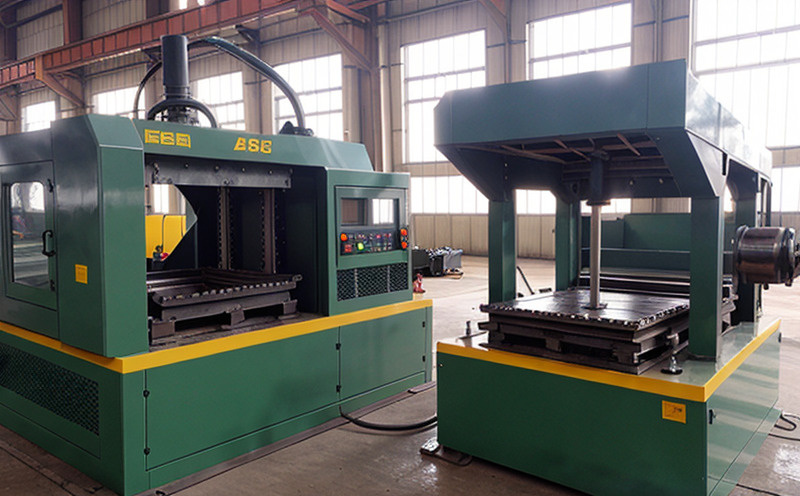ISO 10275 Strain Hardening Exponent Testing of Sheet Metals
The ISO 10275 test is an essential procedure used to determine the strain hardening exponent (n-value) of sheet metals. This parameter provides critical insights into a material's resistance to plastic deformation under tension, which is fundamental for quality assurance and process optimization in industrial manufacturing.
For quality managers and compliance officers, understanding these parameters ensures that materials meet stringent standards such as ISO 10275:2019. For R&D engineers and procurement professionals, this testing can significantly enhance the selection of appropriate sheet metals, optimizing both performance and cost-effectiveness in forging, stamping, and forming processes.
The strain hardening exponent is a key factor in predicting the formability of materials during manufacturing processes like deep drawing or roll forming. By accurately determining an n-value, manufacturers can ensure that their products meet specific mechanical properties required by end users.
Properly conducted ISO 10275 testing also supports compliance with international standards and regulations governing material characterization in industrial sectors such as automotive, aerospace, and electronics manufacturing.
Scope and Methodology
| Parameter | Description |
|---|---|
| Material Type | Suitable for all sheet metals including aluminum, stainless steel, and copper. |
| Test Specimen | Cylindrical or rectangular specimens with specific dimensions as per ISO 10275 guidelines. |
| Testing Equipment | Tensile testing machine equipped with a strain gauge capable of measuring elongation accurately. |
| Data Collection | Measurements are taken at various points during the tensile test, focusing on the stress-strain curve. |
| Analysis | The n-value is calculated using regression analysis on the data collected from the stress-strain curve. |
During testing, a specimen undergoes tension until it reaches failure. The stress-strain data generated during this process forms the basis for calculating the strain hardening exponent (n). This value is crucial for predicting how much a material will deform before breaking under load.
The test method described in ISO 10275 ensures consistent and reproducible results, making it an indispensable tool for industrial manufacturing processes. The data obtained can be used to tailor processing conditions such as temperature, speed, and pressure to achieve optimal product quality.
Benefits
The primary benefit of conducting ISO 10275 testing lies in its ability to provide precise information about a material's formability. This knowledge allows manufacturers to select the most suitable sheet metal for their applications, leading to improved product quality and reliability.
By ensuring that materials meet specific n-values, companies can enhance process control and reduce waste during production. Additionally, this testing supports compliance with international standards and regulatory requirements, which is crucial for maintaining a competitive edge in global markets.
In summary, ISO 10275 strain hardening exponent testing offers significant advantages to industrial manufacturing operations by providing accurate data that can be used to optimize processes, reduce costs, and ensure product quality.
Use Cases and Application Examples
- Automotive Industry: Ensuring that sheet metals are suitable for deep drawing applications in car body manufacturing.
- Aerospace Manufacturing: Selecting materials with appropriate formability for complex structural components.
- Electronic Packaging: Choosing the right material for heat sinks and other critical components requiring precise dimensional stability.
- Petrochemical Processing: Determining optimal processing conditions for thin-walled vessels used in refining processes.
The results of ISO 10275 testing can be applied across various industries where the formability and mechanical properties of sheet metals play a crucial role. These tests provide valuable insights that contribute to the overall efficiency and quality of industrial manufacturing processes.





